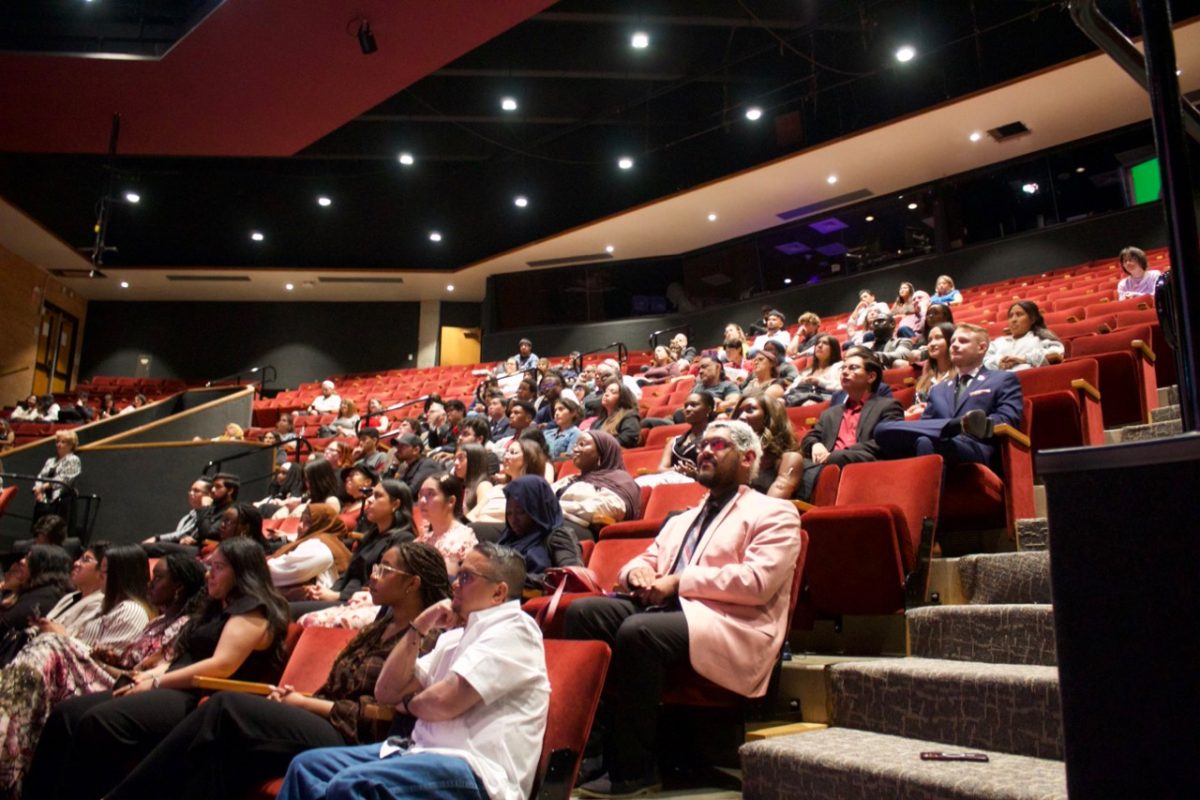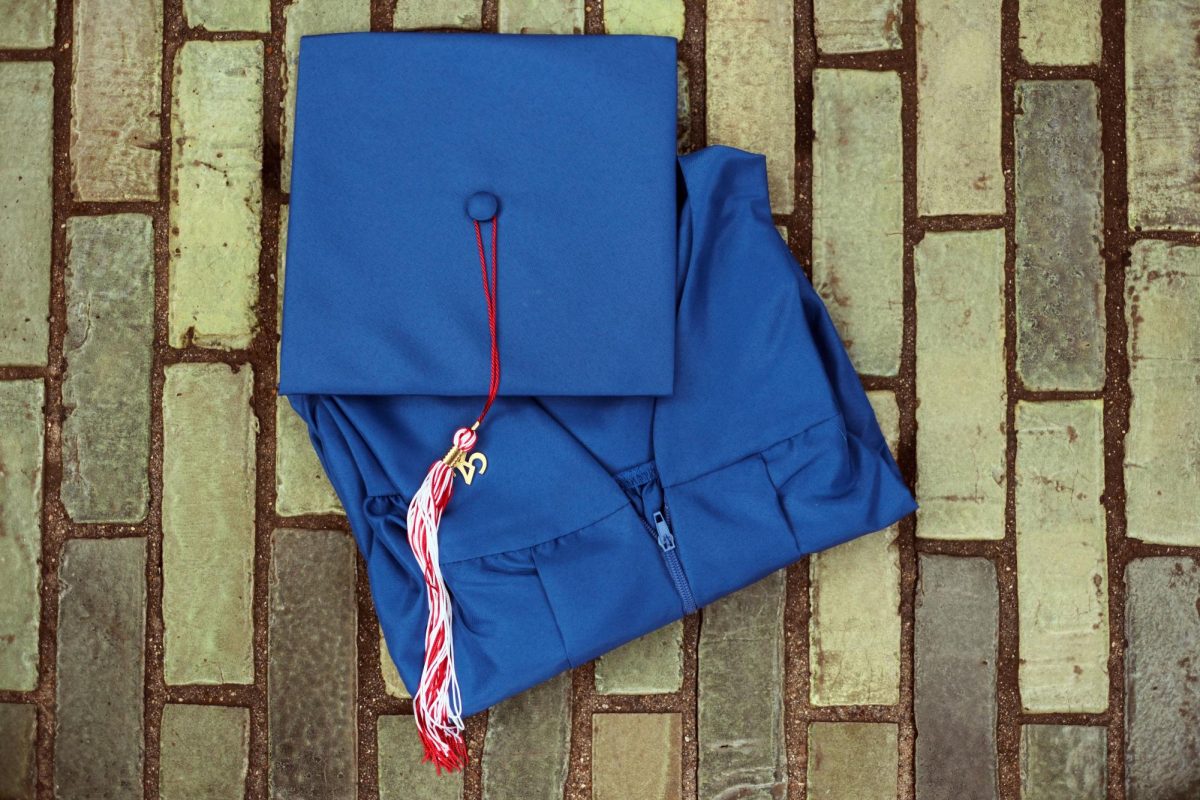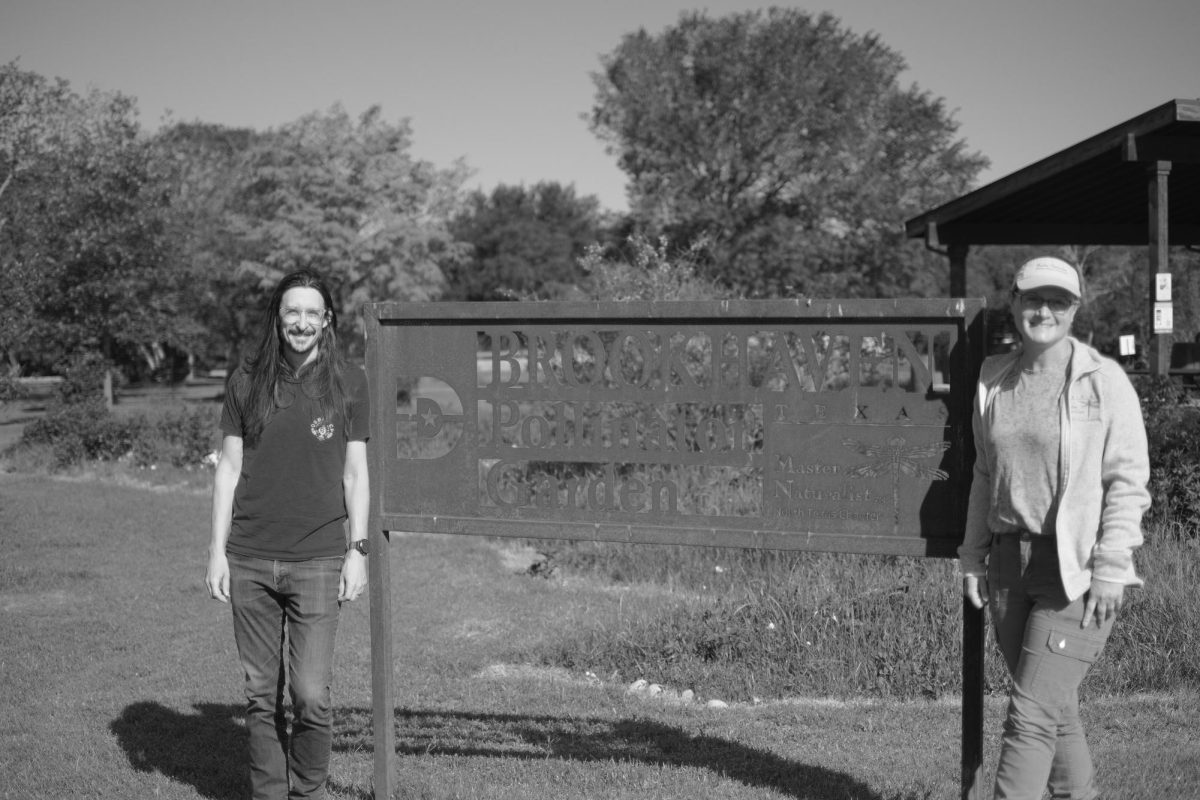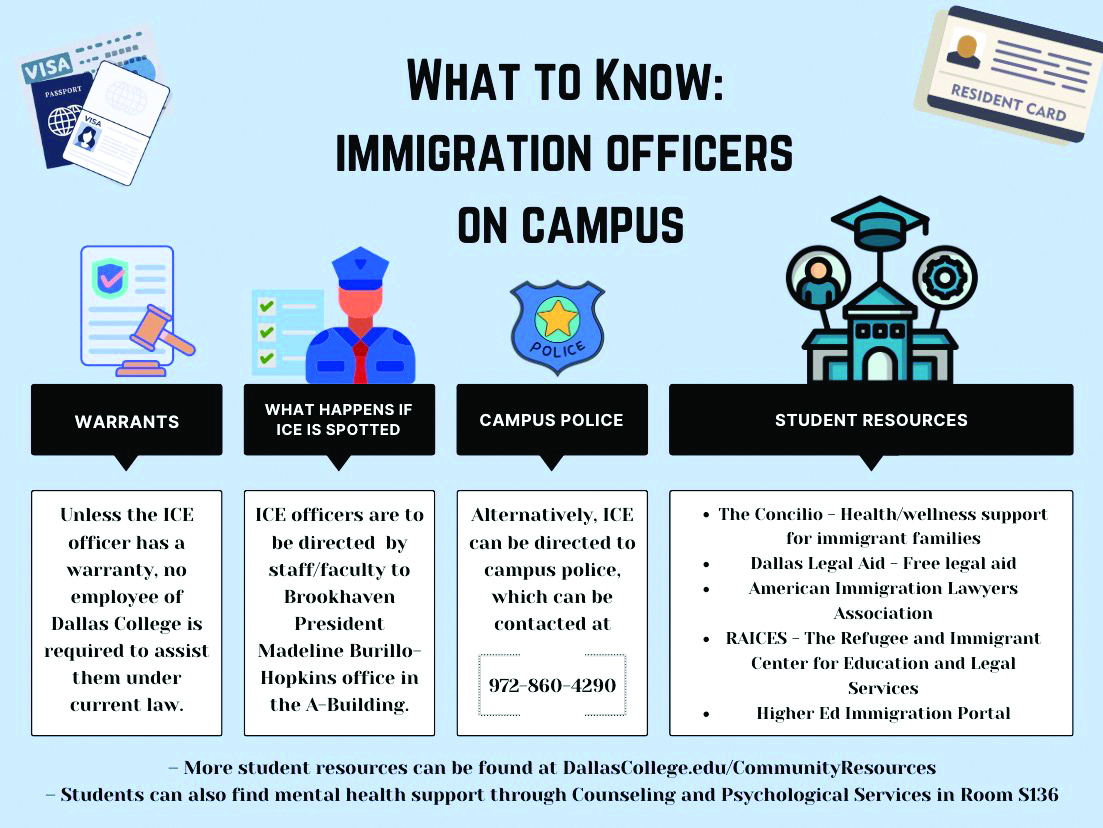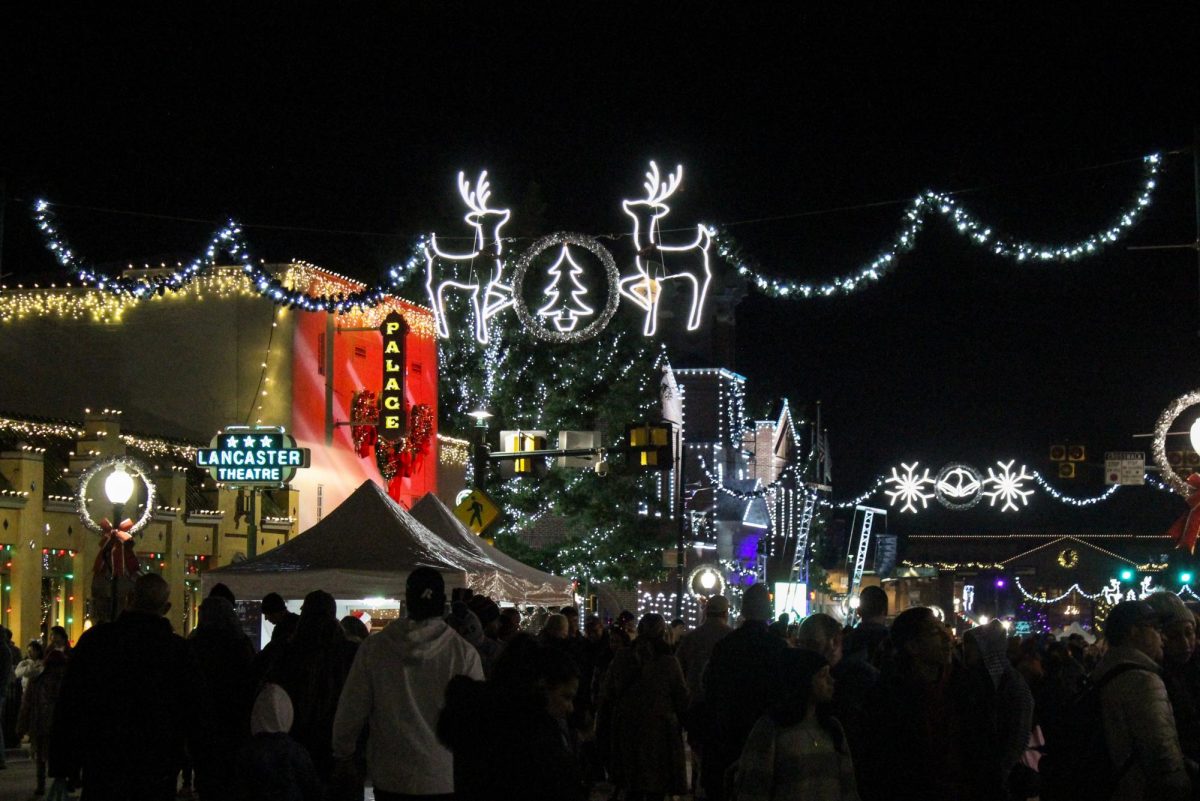By Megan Smith
Assignment Editor

An industrial-looking stone rectangle juts out of the side of a frozen mountain, 800 miles from the North Pole. One might not know by looking, but this ominous structure is the face of what might someday be humanity’s last hope for survival: the Svalbard Global Seed Vault.
Worlds away, the concrete skeletons of buildings stand watch over the empty streets of Aleppo, Syria. The dust rarely settles in Aleppo, where the Syrian civil war has been raging since 2012. The International Center for Agricultural Research in Dry Areas once had its seed bank in Aleppo, but fighting has driven the researchers out of the damaged facility and prompted the first withdrawal from the Svalbard vault in history.
Crop Trust spokesman Brian Lainoff told NPR: “[We] knew in 2008 that Syria was in for an interesting couple of years. This is why we urged them to deposit so early on.”
The Svalbard vault is a “doomsday” vault that functions as a backup for the world’s more than 1,700 seed vaults, according to croptrust.org. Jesse Todd, Brookhaven College anthropology professor, said while the loss of seed vaults may not be earth-shattering, it is significant for reasons beyond the loss of food. “We don’t know what all is contained in the seeds that we could use for medicine,” Todd said.
While most of the world’s seed vaults are vulnerable to natural disasters and conflict, the Svalbard vault is built to withstand the test of time. More than 850,000 seed varieties are stored in the vault, according to npr.org. The samples housed in the vault could stay intact for at least 200 years without any power or maintenance.
The requested seeds include barley, wheat and grasses suited to dry regions, and account for nearly 130 of the 325 boxes ICARDA had stored in the Svalbard vault, a total of 116,000 samples, according to reuters.com.
ICARDA’s seed bank once housed 150,000 varieties of wheat, barley, lentil and faba bean seeds from 128 countries, according to pri.org. In May, ensia.com reported that five scientists at the research facility and seed vault had been allowed to continue their work after rebels took control of the area in 2012. However, according to reuters.com, the facility is no longer able to function at full capacity and serve other seed banks in the region.
Peggy Mason, Brookhaven biology professor, said: “That area is particularly important for human culture and heritage because the origins of human agriculture were in that area. Some of the crops that we’re still using today … had their origins back in those regions. So if we ever want to go back and pick up traits that are from the ancestral plants [they are] in that seed bank.”
Scientists at ICARDA anticipated the conflict’s effect on their research. “Before the situation in Syria deteriorated in early 2012, ICARDA staff members diligently duplicated 26,000 accessions that had not yet been safely stored outside Syria and transferred them to Turkey and Lebanon,” according to ensia.com.
Seed banks are not just susceptible to natural and man-made forces. They can also be damaged by a lack of funding. Cary Fowler, former executive director of the Global Crop Diversity Trust, told Ensia: “I can’t name a single gene bank that operates on a secure, multiyear budget.”
Mason said this event presents a unique opportunity for underfunded seed banks. “It’s something people may not have thought about … People don’t pay much attention to plants,” she said. “In my opinion, any time you can get obscure scientists some public relations, it’s a plus because it means funding.”


